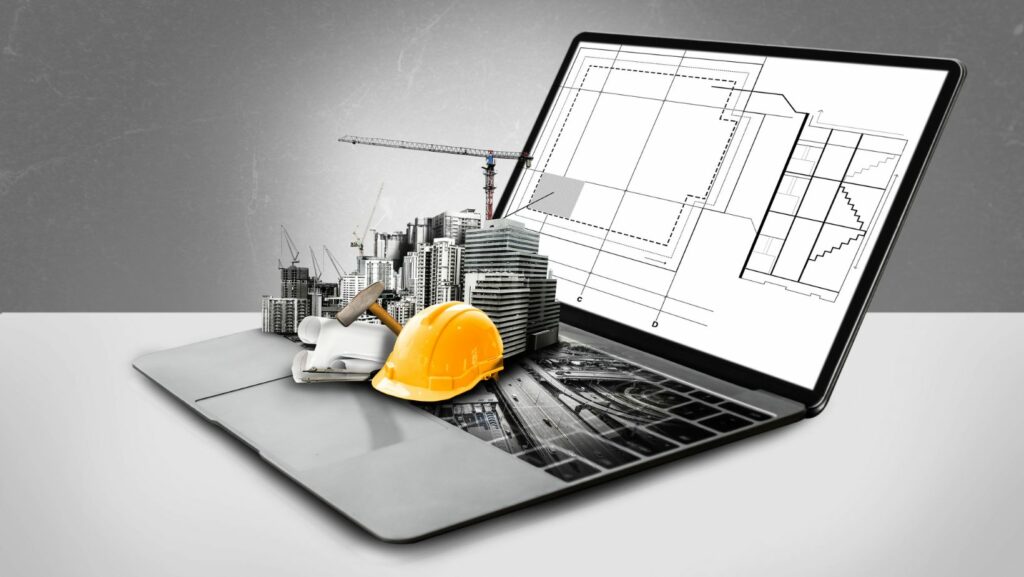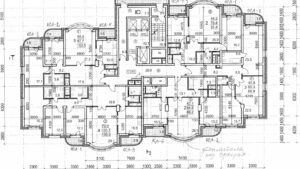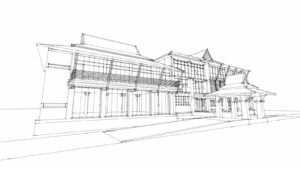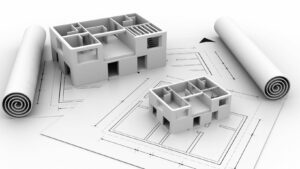Immerse yourself in the world of architectural technology, a fascinating fusion of design creativity and scientific precision. This field isn’t just about creating beautiful structures; it’s also about ensuring they’re safe, efficient, and sustainable.
Join us as we explore the role of technology in architecture, the impact it’s had on the industry, and what the future holds in this rapidly evolving field. So, if you’re intrigued by the intersection of art, science, and technology, you’re in the right place.
Architectural Technology
Architectural technology’s progression presents an intriguing chronology. It started as primitive structures, evolving gradually into complex, environment-friendly designs, thanks to technological advancements. In the early days, architects relied on simple tools and their creativity. With the advent of the 21st century, it saw a drastic shift, spurred by innovations, opting for computer-aided design (CAD) software. By using CAD, architects started creating precise, realistic designs, cutting drafting time significantly.
Further strides in technology introduced Building Information Modeling (BIM) in the mix, promoting an integrated approach to design and construction processes. BIM’s introduction saw architects and engineers collaborating on virtual models, curbing errors, and streamlining operations.
Moreover, architectural technology welcomed the concepts of sustainable design and digital fabrication. Architects now harness renewable energy resources, incorporate recycled materials in their designs, and utilize 3D printing for a resource-efficient approach.
Impact of Modern Architectural Technology
Modern architectural technology exerts substantial influence on various aspects of society. It directly interfaces with urban development and the environment, shifting the fabric of cities, quality of infrastructure, and sustainability measures. Reduction in drafting time, arising from CAD software usage, facilitates quicker project completion. The convenience, for example, expedites the construction of vital facilities like hospitals and schools.
With BIM fostering collaboration between professionals, the resultant unity enhances design efficiency and accuracy. Misunderstandings become less commonplace, guard-railing projects from costly errors and delays. Its impact, in instances like building a skyscraper, signifies the disappearance of immense hassles once common in the industry.
Meanwhile, sustainable design and digital fabrication underscore a pressing trend towards environmental consciousness. Integrated use of renewable resources, recycling, and 3D printing affirm this shift. A common example lies in architects increasingly designing energy-efficient buildings to reduce carbon footprints. Indeed, modern architectural technology continually evolves and its far-reaching impact redefines society’s architectural landscape.
Architectural Technology in Education
The integration of architectural technology demonstrates significant transformation in education. Its implementation in curriculum bolsters students’ grasp of concepts, factoring in the application of architectural design software such as CAD and BIM. These software programs enrich understanding by simulating real-world scenarios, enabling students to envision theoretical designs practically. In line with sustainability trends, architectural curricula incorporate modules on green design and digital fabrication. These courses, exemplified by lessons on carbon-neutral buildings, provide invaluable insights into eco-friendly practices. Education institutions further leverage digital assets, such as virtual tours of iconic structures, to impart architectural history and style evolution. Exploration of 3D-printed models and renewable resources instils a broader perspective of modern architectural practices. Therefore, architectural technology in education conduces comprehensive learning, equipping students with the requisite skills for future industry challenges.
The Future of Architectural Technology
Architectural technology’s evolution is a testament to humanity’s ingenuity. It’s transformed from simple structures to complex, eco-friendly designs, thanks to advancements like CAD software and BIM. These tools have improved precision and collaboration, making it easier to create sustainable designs and utilize digital fabrication.
The shift towards environmentally conscious practices is clear, with renewable resources and 3D printing playing pivotal roles. This change is not just shaping our buildings but also influencing urban development and infrastructure quality. It’s even altering how we teach architecture, with digital assets and practical simulations becoming the norm in education.
Architectural technology’s future is bright, promising more advancements that’ll continue to reshape our architectural landscape. It’s a thrilling journey that we’re all part of, as we witness the transformation of our built environment through the lens of technology.




